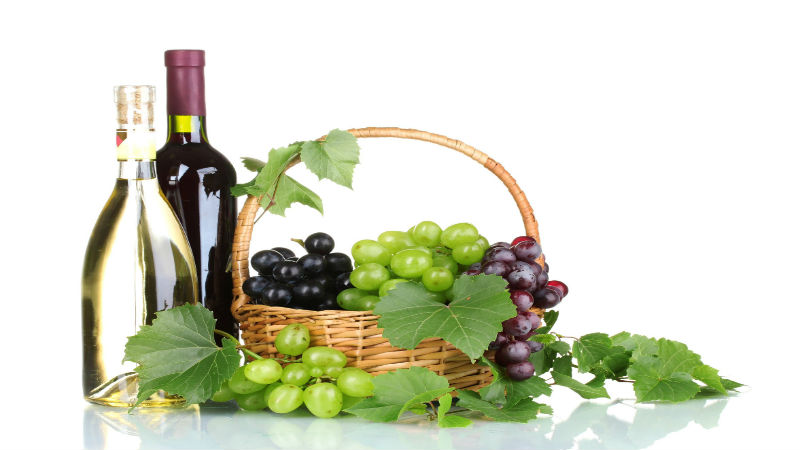California’s thriving wine industry can be attributed to religion. The early Spanish explorers started many missions. The priests needed palms and wine for religious purposes. Indeed, wine was necessary for many sacraments. The priests used vines from Mexico to start the mission vineyards. Because of its origin, the grapes were known as mission grapes. The Gold Rush of 1849 forced the expansion of the industry. The influx of workers increased a demand for wine to drink for pleasure. Consequently, the industry started to grow.
The first winery was opened in Sonoma and was called Buena Vista Winery. Other wineries included Inglenook, Schramsberg and Markham. These pioneers developed some of the Best California Wine. The prohibition era took a toll on the wine industry. It was illegal to make wine so many of the wineries and vines were abandoned. Fortunately, the early wine makers were able to graft existing plants and get the industry going again. Simultaneously, many different types of grapes were planted. Soon, the state was growing over 300 types of grapes.
Today, California produces 90-percent of the country’s wine. One reason the industry is successful is California’s weather. Year-round warmth means grapes can grow for much of the time. Further, the wine regions get the right amount of cool weather thanks to ocean breezes. The well-known wine regions, Napa Valley and Sonoma, sit on the north coast. These regions are known for producing Chardonnay and Pinot Noir. The central coast is home to the Santa Clara wine region. The southern coast is home to several wine regions including Temecula Valley. Meanwhile, the central valley is the home of the Sierra Foothills wine region. The Best California Wine produced in these regions includes Merlot and Cabernet Sauvignon.
The wine industry had a slight setback during the economic turmoil in 2008. However, several notable wine makers infused the industy with new life. For example, Robert Moldavi was one of several modern manufacturers. He was the first to use the varietal method of labeling wine. Now, the industry boasts nearly 3,000 wineries and over 500,000 acres of vines. If you want to taste history, visit Towne Cellars Wines & Liquors Inc. You can also connect them on Facebook for more updates.

